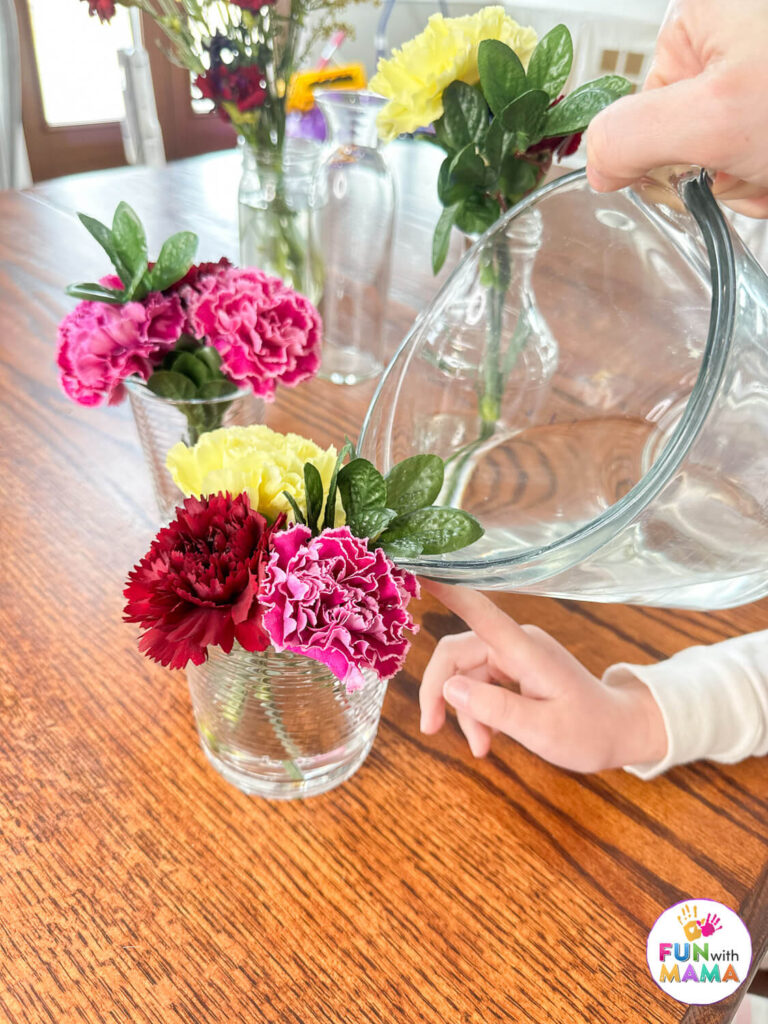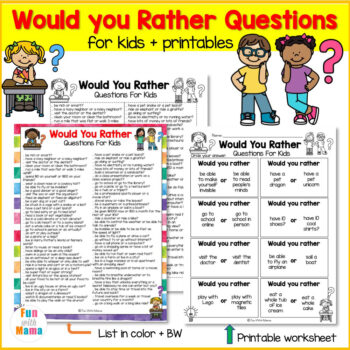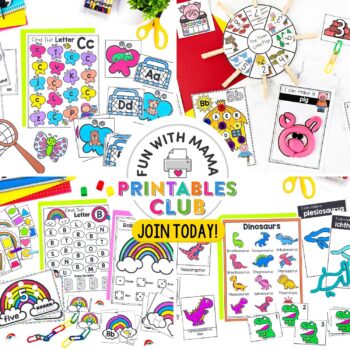Flower arranging is not only a delightful activity but also a wonderful way to encourage creativity and appreciation for nature in elementary students. Whether it’s for spring, a special occasion, or simply to add beauty to their surroundings, arranging flowers allows children to explore their artistic abilities while learning about the natural world.
In this blog post, we’ll provide step-by-step instructions and tips for conducting a montessori flower arranging activity with toddlers and preschoolers.
RELATED: Color Changing Flowers Science Experiment

Why Should Kids Try Flower Arranging?
Flower arranging is more than just putting flowers in a vase – it’s a form of art that allows individuals to express themselves creatively. For elementary students, engaging in flower arranging offers numerous benefits:
- Creativity: Flower arranging encourages children to think creatively as they experiment with different combinations of colors, shapes, and textures.
- Fine Motor Skills: Handling flowers and arranging them in a vase helps develop fine motor skills and hand-eye coordination.
- Nature Appreciation: By working with real flowers, students gain a deeper appreciation for nature’s beauty and diversity.
- Sense of Accomplishment: Completing a flower arrangement gives students a sense of pride and accomplishment, boosting their self-esteem.

Supplies needed for the preschool flowering arranging activity
To conduct a flower-arranging activity with your students, gather the following materials:
- Fresh flowers (a variety of types, colors, and sizes)
- Scissors or flower clippers
- Jars, vases, or containers of various sizes
- Water
- Optional: Filler materials such as greenery, baby’s breath, or decorative branches
If you don’t want to use real flowers, check out this Spring Play Dough Flower Planting activity or Spring Fine Motor Play Dough Flowers which are great alternatives for preschoolers!
How to Set Up and Conduct the Montessori Flower Arranging Activity
Start by selecting a variety of fresh flowers for the arrangement. You can choose flowers from your garden, purchase them from a florist, or use seasonal blooms available at a local market. Before arranging, trim the stems of the flowers to fit the height of your chosen vase or jar. It’s a good idea to have a grown-up assist kids with this step, especially when using scissors or clippers.

Encourage students to let their creativity shine as they arrange the flowers in the vase or jar. There’s no right or wrong way to arrange flowers, so encourage experimentation and exploration. Encourage students to play with different combinations of colors, shapes, and sizes to create visually appealing arrangements.

If age-appropriate, allow kids to trim the bottom stem of the flowers. Then, place the trimmed-off pieces into a discard jar.

Once the flowers are arranged to satisfaction, consider adding filler materials such as greenery, baby’s breath, or decorative branches to add texture and volume to the arrangement. Filler materials enhance the visual appeal and help support the flowers in the vase.

Fill the vase or jar with water, making sure to cover the bottom of the stems. Fresh water is essential for keeping the flowers hydrated and prolonging their lifespan. You may also add flower preservatives to the water to extend the freshness of the blooms. Be careful not to add too much of water though!
If using a jar with a narrow top, teach students how to use a funnel to get the water in the jar.

Step back and admire the beautiful flower arrangement created by your students. Encourage them to take pride in their work and discuss what they like about their creations. Display the arrangements in a place where everyone can enjoy them.
Remind students that flower arrangements require maintenance to keep them looking fresh. Encourage them to change the water every few days and trim the stems if necessary to prolong the life of the flowers. This teaches responsibility and helps instill good habits for caring for living things. Read more tips on caring for flower arrangements here.

Montessori flower arranging is a delightful activity that not only allows elementary students to express their creativity but also fosters a deeper connection with nature. By allowing students to work with real flowers and experiment with different arrangements, teachers can inspire a lifelong appreciation for the beauty and diversity of the natural world. Teach kids more about flowers with these flower book recommendations for preschoolers.
More Flower and Spring Activities
- 12 Free Spring Color By Number Printables
- Paper Flowers Craft For Kids
- Flower Alphabet Matching Activity Printable
- Preschool Spring Flower Planting Play Dough Activity

















Leave a Comment